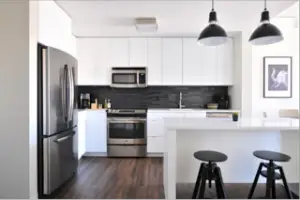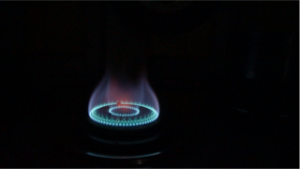Cost of central heating
Air Conditioning FAQs
A good solution for large to medium family homes, ducted central heating can offer room to room control of heat distribution throughout a property.
Ducted units are not the cheapest option but they can help reduce greenhouse gas emissions. Below we take a look at what you might expect in terms of cost and how it can be affected by differing factors.
When having any unit installed a number of factors will affect the overall cost of installation. These can include:
- The size of your home: The larger the surface area of your rooms, the larger capacity heater you will need, affecting your electricity bills.
- Ceiling Height: An important consideration, as the unit will need to adequately heat each room to a comfortable temperature.
- The number of windows in your home, their positioning and covering: This can affect the amount of heat coming in and being retained in your house. If the sun heats up your house in the morning, properly backed curtains can help retain the heat and reduce your heating needs whereas inadequate curtains and seals can let heat escape.
- Single or Double Storey: Multi-storey homes require vertical ducting, which will add costs to your bottom line.
- The Climate of Your Area: The use of ducted heating is more common in the colder parts of Australia which may affect installation costs due to demand.

The above will contribute to what size of unit you may need to heat your home. For example:
- 130 square metres using a 14kW unit.
- 325 square metres using a 35kW unit.
The most cost effective / energy efficient solution for central ducting heating would be a gas system. These can have a lower operating cost, and without spending more to have LPG or natural gas at your property. This cost of the whole system will increase depending on how many rooms of you want to heat.

What is the total cost of installing central heating?
To determine to the total cost of a central heating system customers will need to take into account the size of the best system for their home, their brand preference and price of installation.
In considering these and without looking at the property, a costing will still be approximate.
For a basic system customers might expect to pay between $3,000 to $4,000.
In terms of the more popular brands, a rough costing of installation plus units covering 5 areas would be as follows (highest cost to lowest):
- Brevis: $9,000 for a 10.0 kw gas unit with a 5.8 star rating
- Braemar: $8,000 for a 18.kw gas unit with a 4.7 star rating
- Samsung: $5,500 for a 8.0kw ducted reverse cycle air conditioning unit
The above costs do not include how much the system will cost to run annually. For an efficient system, depending on your utilities provider and the efficiency rating of the unit you can add about $700 a year to your total costs. If you invest in a high-energy efficient star unit and controls to help you monitor, schedule and plan usage, it can help save hundreds of dollars a year in energy costs.
At the lower end of the scale customers are looking to spend at least $6000 for initial installation and almost $10000 for a higher end, energy smart unit. You can also utilise double backed curtains and remotes to schedule use, ensuring both comfort and economy.
GET A SERVICE OR REPAIR!
Simply fill in the form below & you'll receive a call from our team to organise your service or repair within 24 hours
